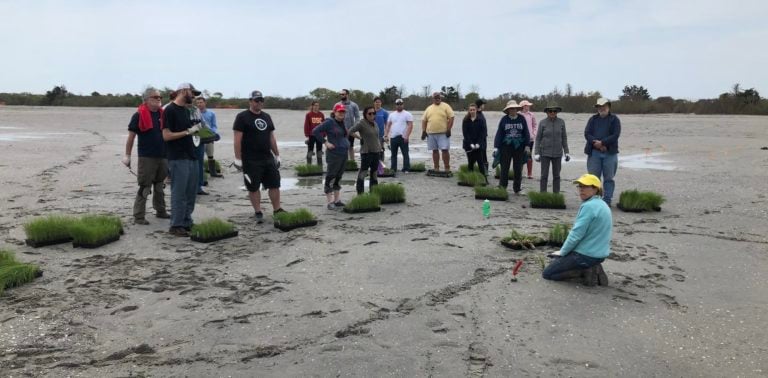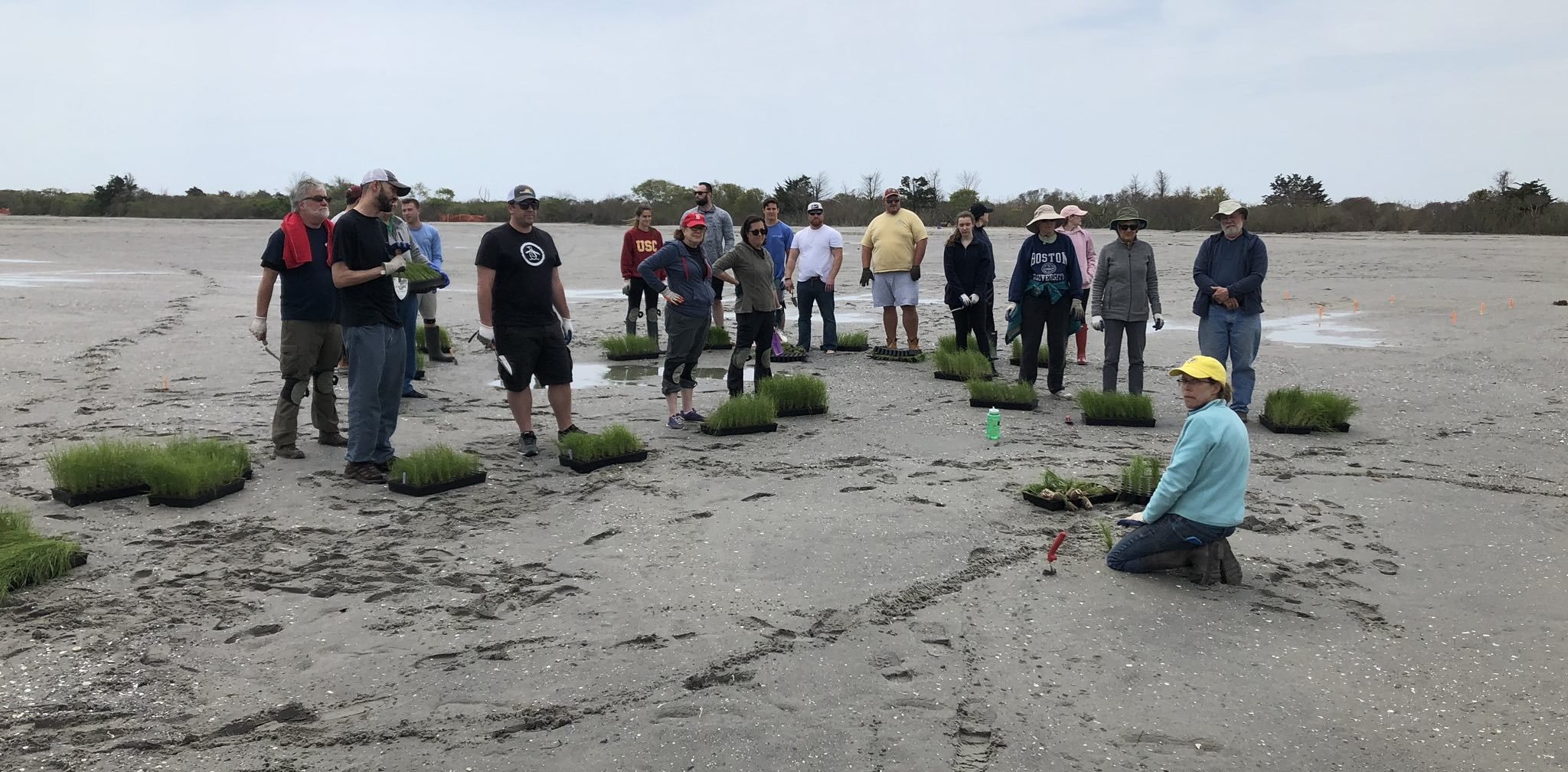Waterkeepers Fighting Climate Change: Eight Projects Making a Difference
By: Ellen Simon

U.S. Waterkeepers are fighting climate change by working to protect the areas they love best from rising seas, ocean acidification, and fossil fuel industry expansion. Their work shows that we can all do our part to keep the planet habitable.
Atchafalaya Basinkeeper
Basinkeeper Dean Wilson worked tirelessly in Louisiana to block the Bayou Bridge Pipeline at every step; now he’s pushing the builders to restore the site to pre-construction status.
Casco Baykeeper
In Maine, Friends of Casco Bay worked with the Island Institute and University of Maine/Maine Sea Grant to form the Maine Ocean and Coastal Acidification Partnership, which coordinates the work of governmental agencies, research institutions, private organizations, and citizens studying and implementing solutions to reduce the effects of ocean acidification.
Columbia Riverkeeper
Columbia Riverkeeper partnered with community groups, tribal nations, and local businesses to fight — and defeat — several coal export, oil-by-rail, and liquefied natural gas terminals in Oregon. By focusing on community building, joint coalition leadership, indigenous solidarity, and diversity, equity, and inclusion in organizing — including hiring a Latin American organizer for improving outreach to Latino community — Columbia Riverkeeper also helped increase the pool of local advocates.
Crystal Coast Waterkeeper
Crystal Coast Waterkeeper produced a five-part film series titled “Seismic Truth,” in which North Carolina citizens explain their opposition to fossil fuel exploration and extraction on their coast. More than 600 people attended Crystal Coast Waterkeeper’s nine screenings, rallies, and meetings for this campaign; the films ultimately reached 45,000 people. The result: People sent more than 1,200 letters to their local, state and federal agencies. More than 25 cities and towns have adopted resolutions opposing seismic testing and offshore drilling in the area where Crystal Coast Waterkeeper works; only one municipality has yet to adopt such a resolution.
Humboldt Baykeeper
With partners, California’s Humboldt Baykeeper designed maps to show areas vulnerable to rising sea levels, but currently protected from inundation due to the natural shoreline, dikes or berms, and railroad or road grades.
Matanzas Riverkeeper
Matanzas Riverkeeper led a campaign to save Florida’s Fish Island, whose wetlands play an important role in coastal resiliency and climate mitigation. Under pressure from Matanzas Riverkeeper and its supporters, Florida has agreed to buy the island and conserve it.
Miami Waterkeeper
Using a grant, Miami Waterkeeper worked with an environmental economics firm to set a value on the goods and services that rehydrating the wetlands in fragile Biscayne Bay would provide. The calculation, which took into account the Bay’s value for storm resilience, drinking water protection, and buffering sea-level rise, is a way to bolster the argument to policymakers that the Bay must be protected. The estimate: A rehydrated Biscayne Bay is worth more than $3.3 billion in ecosystem goods and services.
San Francisco Baykeeper
Baykeeper launched an innovative project in 2015 with funding from Google to digitally map the Bay’s shorelines. Ian Wren, Baykeeper staff scientist, captured imagery of hundreds of miles of the Bay shoreline with a Google Trekker camera — the same device used for Google Street View — mounted on a remote-controlled pontoon boat. Now you can navigate within the Bay on GoogleMaps to view the shorelines from the water. ShoreView creates a historic record of the waterline and helps identify the areas of shoreline most vulnerable to sea-level rise, a planning asset for urban planners, developers, residents, and public officials.
South County Coastkeeper
South County Coastkeeper, along with parent organization Save the Bay, is working to build climate resilience through coastal adaptation projects in Rhode Island that focus on elevating critical salt marshes that have been flooded by rising seas.

It’s time to demand action on climate change!
Devastating floods. Blazing wildfires. Crushing droughts. Climate change is already taking a terrible toll on our planet and our communities. As part of Climate Action Day, we’re calling on everyone to join United Nations Secretary-General António Guterres in calling for universal action to ensure our children — and theirs — have a healthy planet to call home.
“We need more concrete plans, more ambition from more countries and more businesses,” António Guterres says. “We need all financial institutions, public and private, to choose, once and for all, the green economy.”
With the U.S. leaving the Paris Accord, it’s time for individuals to stand up. Join us in demanding action on climate change. Show your support by signing here.
— Malaika Elias, Bart Mihailovich, and Julia Widmann contributed to this report.
Feature image: Save the Bay volunteers plant salt marsh grasses at Quonnie Marsh in Rhode Island. Photo by South County Coastkeeper David Prescott.